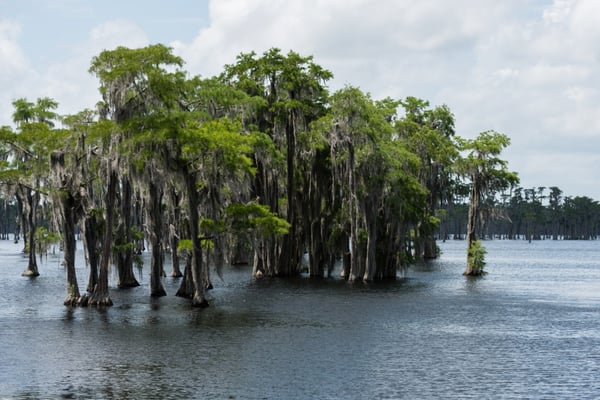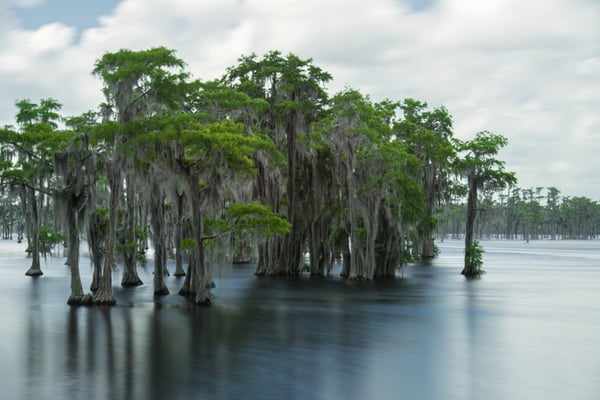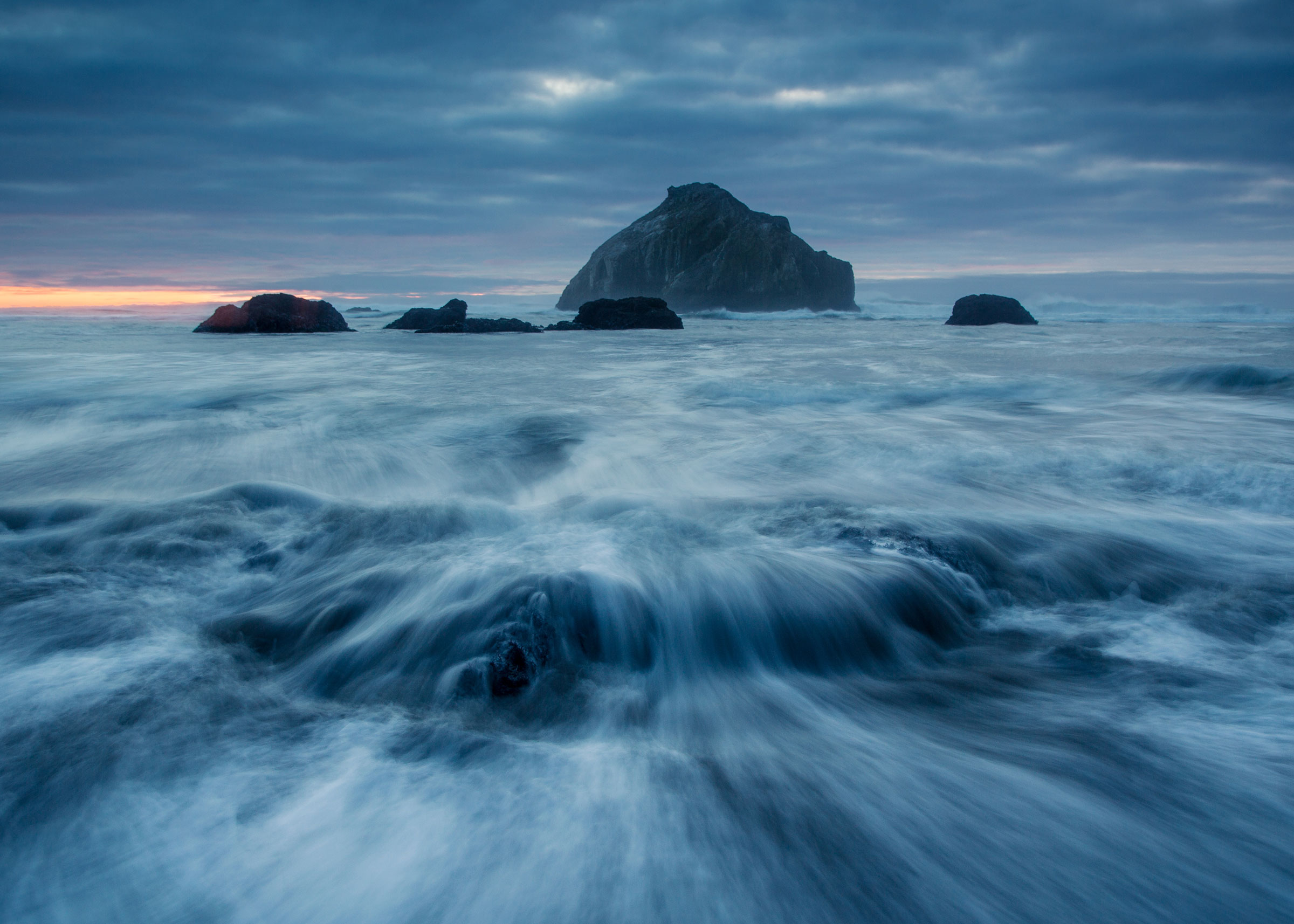Behind The Shot
Every so often photographers face challenges that are begging to be faced and won. During a recent trip to Valdosta, Georgia I faced such a situation. While there our cousin asked me to take portraits of him and his girlfriend. We were then brought to a beautiful park called Banks Lake National Wildlife Refuge. As soon as we pulled up I noticed the amazing and vibrant trees emerging from the swampy lake. I call it that because I am still unsure if I should call it a lake or a swamp. There were people on boats floating around, fishing and such, but there were even swamp boats speeding around.
I knew from experience that if I managed to capture a long enough exposure of the scene, that the trees would look as if they were floating on water. Of course, I had some portraits to take first. I was so excited that I kind of rushed through the portraits, but they still came out really well. Finally the time came where I had the chance to photograph what my mind couldn’t stop thinking about.
The thing about Banks Lake NWR is that there are not many good spots to capture the trees how I wanted it. Unfortunately going down by the water is dangerous due to the alligators that are known to be near the water’s edge. I don’t like risking my safety so I opted for a further distance. The shape of the water and land does not really allow for many solid ground shooting spots for the scene either. That meant that my only option was to photograph the scene from the dock I was standing near.
You can see the dock I was standing on in this photo on Wikipedia. That photo was taken at the furthest dock from the trees.
Of course, it turns out that the docks at the park were all floating. So if I wanted to achieve a long enough exposure to smooth the water I had to ensure that the camera would be perfectly still. I also had to make sure that there was no movement on the dock, otherwise even the best tripod out there would not help the blur.
So I set up my Really Right Stuff TVC-24L and hung my gear-filled Think Tank Photo Airport Commuter from the hook. Doing so weighed the tripod down to the dock enough that there was no camera movement.
I love my RRS legs and couldn’t imagine taking a long exposure without them. However, I was still worried about the situation at hand. The lens I had to use in order to get the framing right, at the distance, was the Nikon 70-200mm f/2.8 VR II. When using a longer lens blurred long exposures is more likely even without the floating dock in the mix.
I framed my scene, got my normal exposure and then calculated the exposure with a variety of (Lee Filters) neutral density filters. My exposure was close to a minute long, which made the water look amazing but the trees were blurred due to the dock’s movements. After some experimenting, trial and error I finally found the exposure that suited the scene. The final shutter speed length was 20 seconds long with an aperture of f/8. This exposure didn’t get the water as smooth as I originally wanted, but the floating trees effect is still visible.
Aside from the water effect not being how smooth as I intended there was another issue that happened. As I was capturing the 20 second exposures, boats were drifting past the front of the trees. That meant that they would be in the frame. It also meant that a little Photoshop work would be needed to remove the streaks. I successfully removed them, then went into Lightroom for final post processing. At first glance the photograph appears to be out of focus. That is because of the shedding pollen on the cypress trees. They are soft and buzzy, which give that out of focus look. While framing, I used the Nikon D800’s live view to zoom in and focus specifically on the tree’s bark.
The moral of this story is to face a challenge with an open mind. Understand your craft, your tools and then put them into action. Find ways to work around situations. Whether that workaround involves waiting for people to stop walking around a floating dock, weighing down your tripod more or implementing post processing that you typically do not do.
Thanks for reading, happy shooting and keep on learning,
Scott
Article and images ©2013 Scott Wyden Imagery. All rights reserved.




